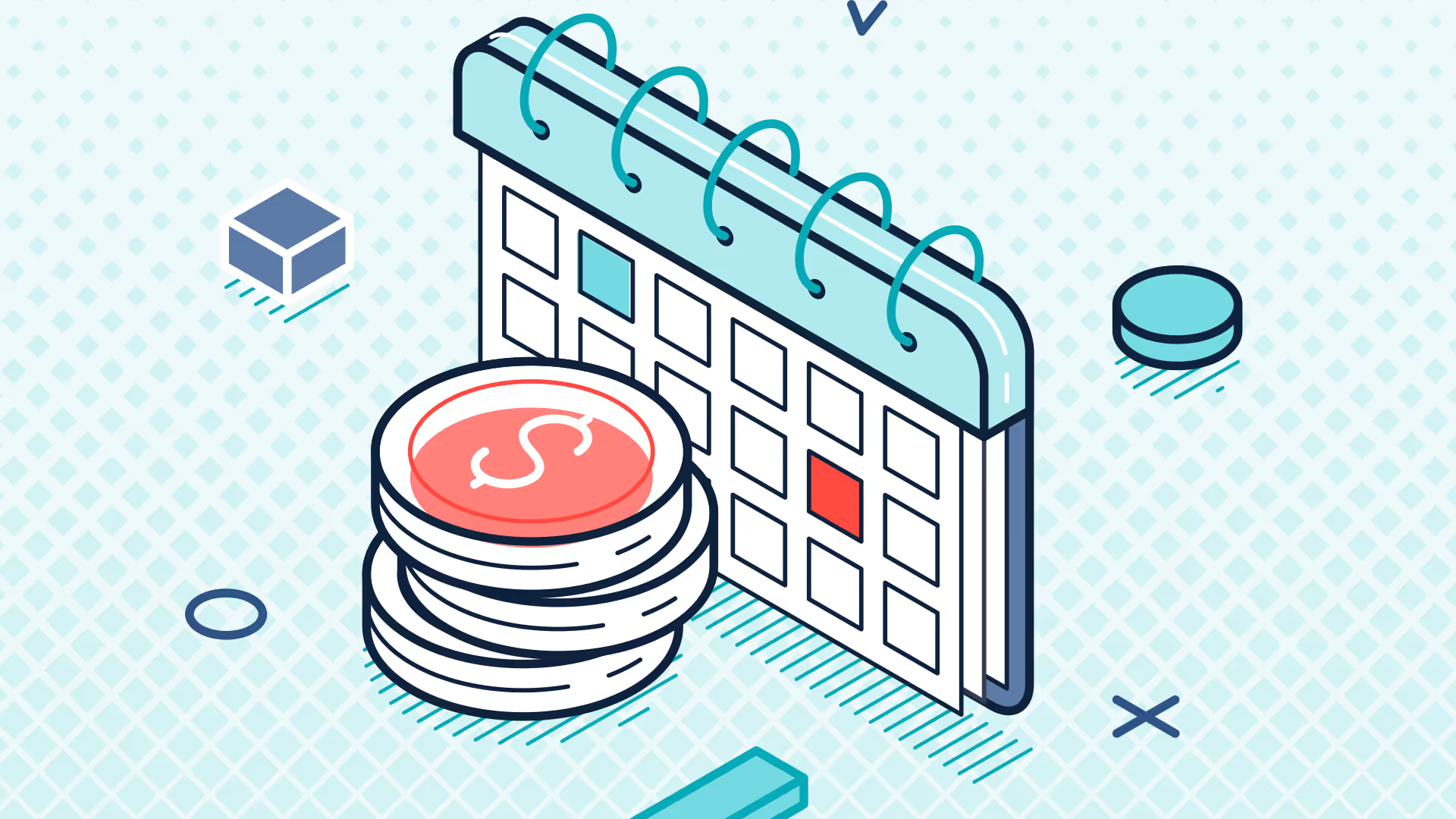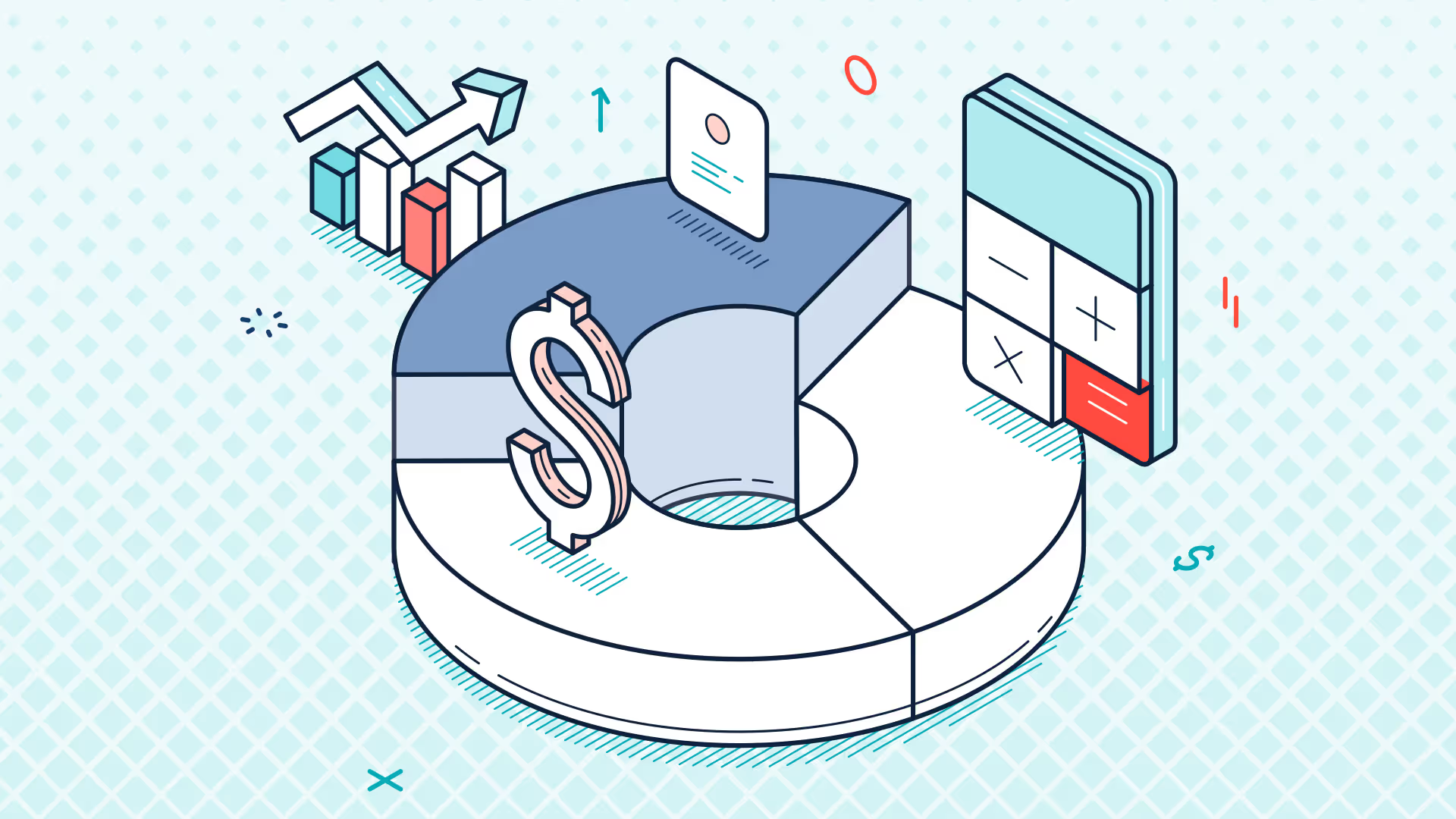Your Guide to Optimizing Payment Gateways in NetSuite

In 2024, the global digital payments market’s total transaction value is surging to upwards of $11.5 trillion, and by 2028, it’s projected to increase by nearly 50%. Digital payments are on the rise – and you need to be ready to process these payments the right way.
Payment gateways connect customers and their financial institutions to a business so it can accept digital payments and process them. Stripe, for example, is a popular payment gateway that can be used by companies to manage a wide variety of payment options. Also, it can be integrated with a business’s e-commerce site, app, or even be used for direct sales. Payment gateways like Stripe are powerful tools for driving revenue, but these systems can cause problems when companies don’t properly implement them.
ERPs, such as NetSuite, can accept payments directly, and because it’s a native process it makes it easy for businesses to analyze their numbers. However, these solutions offer limited flexibility, and payment gateway integrations can provide a lot of additional value. Of course, customers expect their checkout experience to be seamless, and if it’s a hassle to complete a sale, they will likely start looking elsewhere.
Optimizing how your payment gateways interact with your ERP is key to getting the most out of your investment. Here’s everything you need to know about setting them up and streamlining everything they do for your business.
Best practices for optimizing payment gateways
While rethinking your company’s approach to NetSuite payment processing, be sure to follow these best practices:
- Audit your current payment situation. Before making changes to your business’s payment system, closely examine the processes and technologies you already have in place. Pay special attention to the volume of transactions you deal with, the payment methods you accept, and any relevant customer feedback.
- Take a look at payments requirements and preferences your company’s industry. During your payment gateway search, be sure to consider industry-specific factors. These can include preferred payment methods, regulatory requirements, and success stories from other businesses in your field.
- Get key people involved. It’s also in your best interest to work with stakeholders from your IT, finance, operations, and marketing teams (among other departments). Their feedback, ideas, and pain points will help you implement a payment system that truly meets your organization’s needs.
- Think about the present – and the future. Before choosing a payment gateway, you’ll need to consider the initial and ongoing costs tied to each option. Additionally, it’s wise to account for your company’s future growth by looking for a payment processing option that’s ready to scale alongside it.
- Create, implement, and adjust an action plan. At this point, it’s time to establish an action plan based on the information you’ve collected during this process. Once you’ve started using your payment gateway, keep a close eye on its performance and make changes as needed.
Look for these payment processing features
In addition to the steps listed above, you’ll need to think about what various payment gateway options bring to the table. While optimizing your business’s NetSuite payment gateways, make sure your service of choice can:
Keep everything in one place
If you’re in charge of a business, the last thing you want to worry about is tracking payment data. Instead of forcing you to monitor earnings across multiple payment providers, your payment gateway should help you record this income in NetSuite.
Automate reconciliation
Manual reconciliation is an error-prone process that makes auditing difficult – especially if your business is growing. Fortunately, you can sidestep this task by adopting the right payment gateway. When your payment gateway is capable of automating reconciliation, you’ll only have to worry about handling exceptions your system finds during this process.
Eliminate inconveniences
Your payment gateway should allow you to check open invoices and apply credit memos/partial payments to customer accounts without leaving NetSuite. At the same time, this system should let your clients make ACH and credit card payments with ease.
Work with third-party payment providers
The best payment gateways are capable of helping businesses adjust their lead-to-revenue procedures as needed. As part of that, your payment gateway should have zero trouble related to NetSuite payment integration with third-party payment processors like Stripe.
Tips on setting up ZonePayments
Fortunately, ZonePayments is an advanced payment integration that extends NetSuite’s native capabilities to overcome third-party payment platform challenges throughout the order-to-cash cycle. Once you’ve chosen to use ZonePayments for your company’s e-commerce needs, you can continue the optimization process by:
- Obtaining a ZonePayments License. Before doing anything else, you’ll need to get a ZonePayments License. Fortunately, this is far from a complicated process – all you’ll have to do is contact our sales team and wait for us to send you a license key.
- Installing the ZonePayments bundle. When you install the ZonePayments bundle, you’ll be able to add ZonePayments to your business’s NetSuite environment. This bundle contains the scripts, custom records, and out-of-the-box forms ZonePayments relies on.
Once you get ZonePayments integrated with your NetSuite instance, you’ll be able to leverage all the advantages third-party payment gateway providers such as Stripe can provide with the additional benefit of data handled natively within your ERP. By making it easy for your team to track, export, and analyze the numbers, ZonePayments can enhance your cash-to-order process as well as reveal valuable insights through tools like Power BI.
Extend NetSuite’s performance with the right payment gateway
If your business has invested in NetSuite for an ERP solution, you’ve already taken a big step in the right direction when it comes to payment optimization. ZonePayments builds on this strong foundation by automating the reconciliation process and powering Stripe/NetSuite integration.
And payments are just the beginning of how Zone & Co can extend the capabilities of your NetSuite instance. Whether it’s billing, payroll, reporting, or a host of other complex business challenges, Zone can help you revolutionize your back-office operations. If you’re ready to learn more about what Zone can do for you, get started by booking a demo today.
FAQs
- How can I make the most of NetSuite payment processing?
- ZonePayments can enhance your business’s NetSuite-powered payment processing in a number of ways. While using this program, you’ll be able to integrate Stripe payments, avoid the hassle of manual reconciliation, and accept automatic recurring payments while staying in compliance with NACHA and PCI.
- What are the benefits of integrating payment gateways in NetSuite?
- If your business’s payment gateway is fully integrated within NetSuite, you avoid resource-heavy and error-prone activities like manual reconciliation. Instead, your business will be able to keep its earnings data in NetSuite, allowing you to accelerate your order-to-cash cycle and reporting process.
- How do I ensure secure transactions with NetSuite payment gateways?
- ZonePayments ensures all your data stays in-platform so you always own your compliance and maintain secure data channels. By integrating with your business’s own NetSuite instance, you’ll never have to export data to a third party to meet your obligations. Additionally, NetSuite fully complies with the Payment Card Industry Data Security Standard.
Recommended resources
Get a Personalized Demo Today
Start a conversation with an expert who asks thoughtful questions and shows you how Zone & Co can solve your unique problem.






